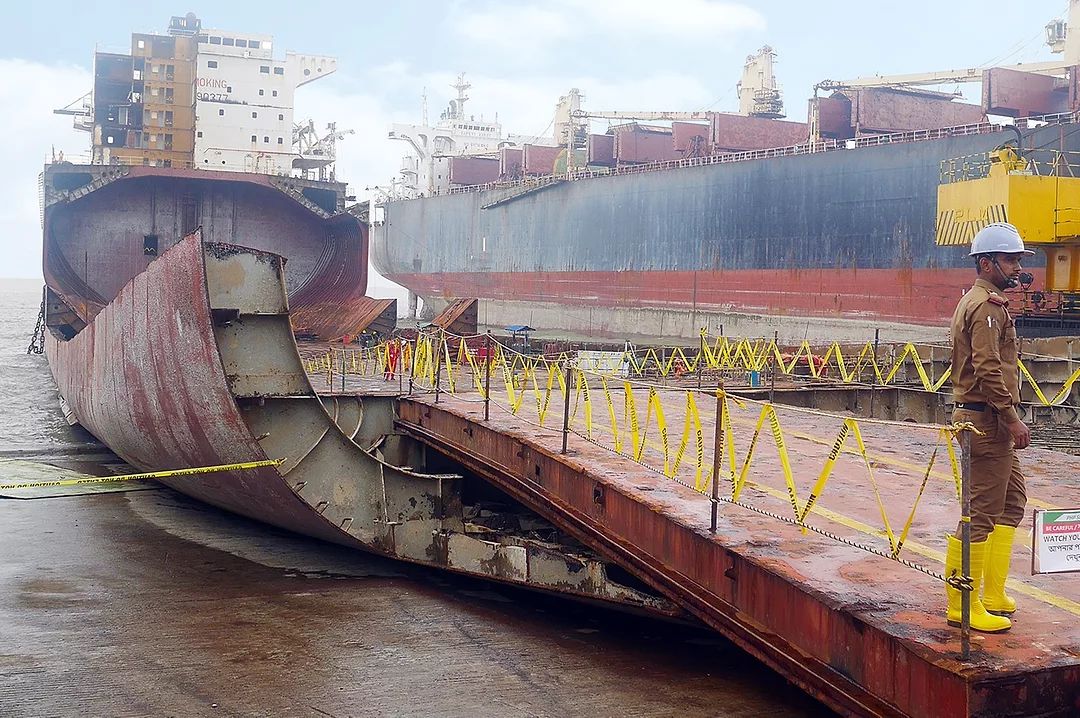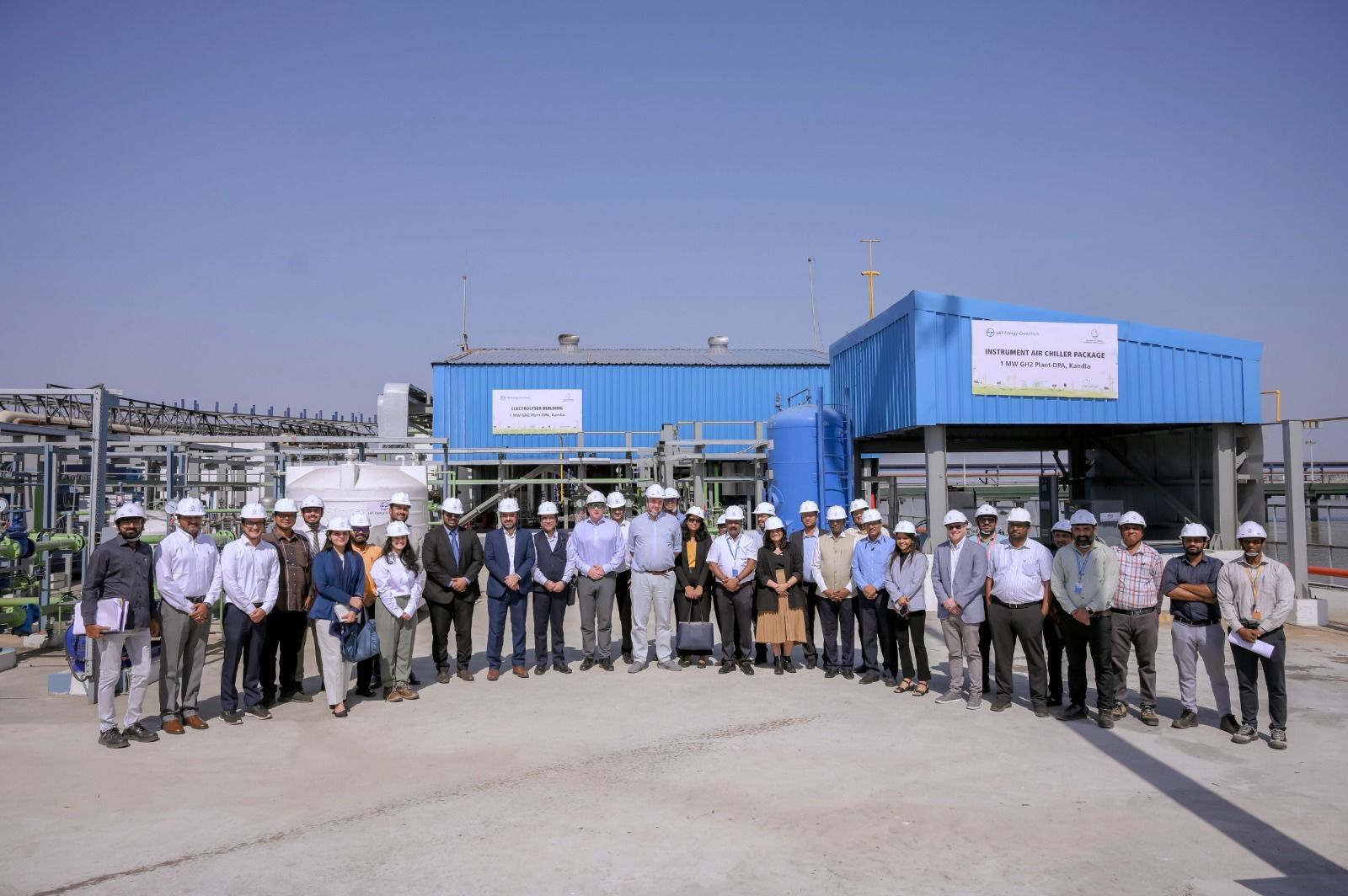Transforming India’s Maritime Landscape: The Indian Ports Bill 2025
The Indian maritime sector is on the brink of a significant transformation with the introduction of the Indian Ports Bill 2025. Proposed by Shipping Minister Sarbananda Sonowal in the Lok Sabha, this bill seeks to overhaul the century-old Indian Ports Act of 1908, modernizing India’s port infrastructure and governance. With provisions for the classification of ‘mega ports,’ the establishment of a Maritime State Development Council, and a new dispute resolution mechanism, the bill aims to bring efficiency, sustainability, and competitiveness to India’s ports.

One of the most groundbreaking aspects of the Indian Ports Bill 2025 is the classification of select ports as ‘mega ports.’ This designation, based on specific government criteria, is intended to enhance infrastructure investment, attract global shipping traffic, and improve operational capabilities. The ‘mega port’ status would also enable these ports to benefit from advanced logistics, cutting-edge technology, and higher efficiency standards, bringing them on par with leading international ports.
Additionally, the bill introduces the Maritime State Development Council (MSDC), a centralized body tasked with streamlining port operations across different states. The council will focus on optimizing port performance, standardizing best practices, and ensuring sustainable development in line with international environmental commitments. This aligns with India’s larger goal of boosting its maritime economy while maintaining ecological balance along its coastline.
The proposed dispute resolution mechanism under the bill is another crucial element. By offering a structured framework for resolving conflicts between port authorities, private operators, and workers, the government hopes to reduce litigation, enhance business confidence, and foster smoother port operations.
While the bill promises modernization, it has also sparked significant controversy. Critics, particularly from opposition parties, argue that the legislation leans heavily toward centralization, potentially undermining the autonomy of state governments. Notably, K Radhakrishnan of the Communist Party of India (Marxist) expressed concerns that the bill encroaches upon the states’ jurisdiction over ports, which have traditionally been under state governance.
The dispute resolution framework, although designed to streamline conflicts, has also faced opposition from private port operators and labor unions. Many fear that greater central control could lead to an erosion of workers’ rights, with fewer protections for port employees and increased control by larger corporate players.
Additionally, private port operators worry that the bill might give the central government excessive influence over decision-making, potentially disadvantaging smaller regional ports in favor of the newly designated ‘mega ports.’ This could lead to an imbalance in development, leaving smaller ports struggling to compete in a market increasingly skewed toward larger entities.
In defense of the bill, Shipping Minister Sarbananda Sonowal emphasized that the reforms are essential for making India’s ports more globally competitive. He highlighted that a well-regulated maritime sector with a clear hierarchical structure will attract greater foreign investment and streamline logistics operations, ultimately benefiting the Indian economy.
The government has also assured stakeholders that the Maritime State Development Council will work in collaboration with state governments rather than overriding their authority. Proponents argue that a more coordinated approach is necessary for addressing inefficiencies, reducing costs, and ensuring that all ports, regardless of size, operate under standardized and improved conditions.
If passed, the Indian Ports Bill 2025 could mark a turning point in India’s maritime development, making it a crucial player in global shipping and trade. However, striking a balance between centralization and state autonomy, as well as addressing concerns from private port operators and workers, will be key to the bill’s successful implementation.
As discussions continue, all eyes remain on the Parliament to see how the government navigates these challenges while ensuring that the bill serves India’s long-term maritime interests. The fate of the Indian Ports Bill 2025 will not only shape the country’s shipping industry but also influence the broader economic landscape by strengthening trade and connectivity.
Author: shipping inbox
shipping and maritime related web portal








